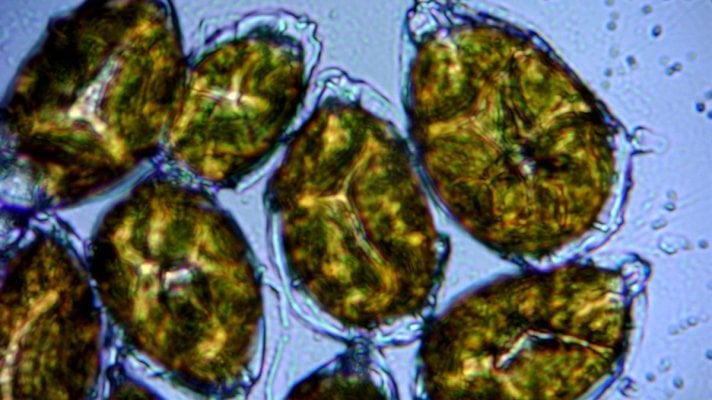- Joined
- Jan 19, 2020
- Messages
- 1,381
- Reaction score
- 1,848
Thank you for all the info in this thread. It has helped me know what I have and how to beat it.
It’s been a few months since I’ve seen any Dinos. My tank was/is phosphate limited.
Been dosing Nephos.
The question, Po4 still bottoms out if I don’t dose for a day or 2. Will I need to dose forever? No sand to bind it. Rocks should be full by now. I’m on my 3 rd bottle of neophos
Added dose of phos and measure 1 hr later and Hanna reads .026ppm. 24 hrs later 0 again!!!
Thank you again
It’s been a few months since I’ve seen any Dinos. My tank was/is phosphate limited.
Been dosing Nephos.
The question, Po4 still bottoms out if I don’t dose for a day or 2. Will I need to dose forever? No sand to bind it. Rocks should be full by now. I’m on my 3 rd bottle of neophos
Added dose of phos and measure 1 hr later and Hanna reads .026ppm. 24 hrs later 0 again!!!
Thank you again






















